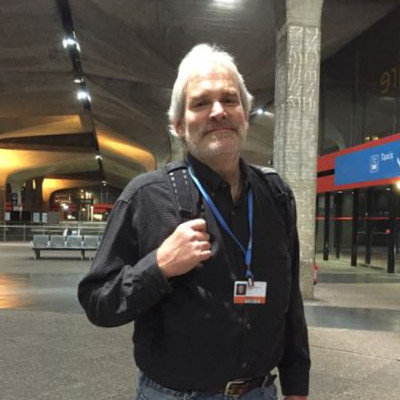Of the seven billion people now living on the planet, more than three billion cook their meals using wood or other solid fuels. Emissions from these biomass fires emit up to two tons of greenhouse gases in the form of black carbon, carbon dioxide, methane, and nitrous oxide.
The toxic smoke from indoor cooking fires kill nearly two million people every year - almost double the number who die from malaria - 85 percent of whom are women and children. Kerosene lighting used in many rural areas in developing countries only adds to the problem. As Managing Director of Emerging Markets, Ethan Kay, of the New York-based startup BioLite, says it's the health crisis no one is talking about.
Attempts to find technological solutions to clean up these cooking fires have had limited success in the developing world because designing a "smokeless" stove means using an externally-powered fan that often requires use of costly pre-processed fuels and access to electricity that in most cases is simply not available or prohibitively expensive.
...for most rural areas the only practical hope for graduating from wood fuel dependence lies in modern micro-renewable energy devices. There is a developed market in solar systems, reaching four percent of rural households, but there is evidence that poorer families are unable to contemplate the investment," writes Prince Maloba Sebe, director of United Science Africa, of the situation in Kenya.
But what if...
HomeStove: An inspired idea, a real solution
What if it were possible to cook with a wood-fired stove that reduces exposure to this toxic and deadly smoke, increases efficiency and produces excess electricity to boot?
It's the sort of what if that inspired BioLite cofounders Alexander Drummond and Jonathan Cedar to envision a design for a 95 percent smoke-free, wood-burning (biomass) stove. Called the HomeStove, the device is not just a clean-burning stove, but also a "micro-renewable device" for recharging cell phones in rural areas ever more dependent on mobile technology and powering clean-burning LED lights.
The HomeStove converts about 1 percent of the waste heat from combustion into electricity through thermoelectrical technology to power a fan that increases burn efficiency by 50 percent and removes up to 95 percent of the toxic smoke. Enough excess electricity is produced in the process to provide power via a USB port to recharge cell phones and power LED lights.
CampStove key to growth
Originally founded in 2006, BioLite received its first round of funding in March of 2011, and in June 2012, began shipping the CampStove, a companion product to the HomeStove designed for recreational markets in the developed world. The CampStove features the same clean-burning, electricity-producing features of the HomeStove. Sales of the CampStove support the pilot program for field testing and to capitalize on the initial cost of market development of the HomeStove. More than 14,000 units of the CampStove have shipped as of this writing. The pilot program now involves field trials in four continents.
As work proceeds to establish its market, the HomeStove is initially available only to universities, NGOs, and research organizations working in direct partnership with BioLite. Matt Nowicki, an engineer for BioLite, says the goal is to have "hundreds, maybe thousands" of units in the field by 2013.
Since its original design back in 2006, the HomeStove has progressed from proof of concept to a field-tested and viable solution. The HomeStove has the potential to cut in half the amount of fuel required to feed a family while reducing the oppressive stress and effort of collecting that fuel. Electricity generated from the stove can save a family as much as $40 per year in cell phone recharging costs and further reduce exposure to toxic fumes and potentially eliminate the perpetual expense of kerosene fuel for lighting.
Ongoing field tests during the pilot program will provide an expanding knowledge base of real-world conditions for making design and manufacturing tweaks. Establishing the marketing, distribution and servicing networks are what Nowicki cites as primary challenges for scaling up the project and achieving wide-scale adoption and use of the HomeStove in the developing world.
One stove at a time
BioLite is the winner of the 2011 St. Andrews Prize for the Environment, the 2011 BusinessWeek America's Most Promising Entrepreneurs and the 2010 Sustainable Brands Innovation Open.
Since its inception, the mission of BioLite has been clear: Making the world a better place, one stove at a time.
Image and graphics courtesy Biolite

Tom is the founder, editor, and publisher of GlobalWarmingisReal.com and the TDS Environmental Media Network. He has been a contributor for Triple Pundit since 2007. Tom has also written for Slate, Earth911, the Pepsico Foundation, Cleantechnia, Planetsave, and many other sustainability-focused publications. He is a member of the Society of Environmental Journalists














